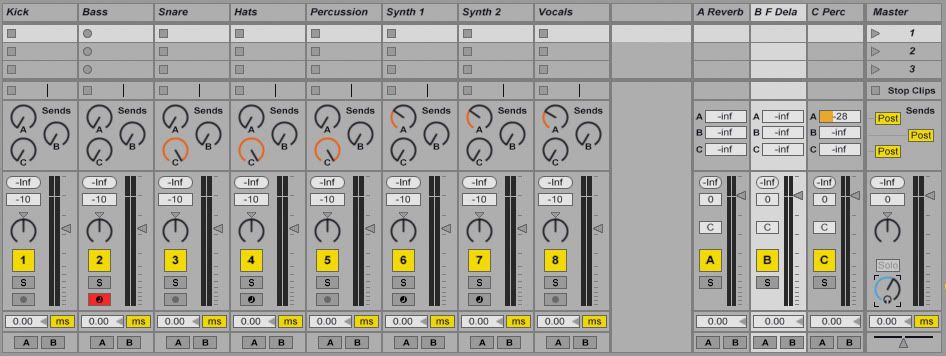
Templates For The Win
on Saturday, August 22, 2009
Labels:
Ableton,
DIY,
EQ,
In The Studio,
production,
reverb,
techniques
/
Comments: (3)
I often visit different forums to learn new tricks, keep up to date with new technology and techniques and sometimes just to hang out and talk trash amongst other fellow producers and studio junkies. 






